AI Agents in Insurance: Transforming Customer & Claims
Every Friday afternoon, a small claims team at an insurer would stay late, sorting through stacks of accident photos, documents, and notes filtering real damage from exaggeration, chasing missing info, and trying to close claims before weekend delays. One afternoon the manager dropped a test file into their queue a claim with odd inconsistencies and got back a fully analyzed decision from an internal AI agent, with recommended payout, suspicious markers, and a narrative. The team was stunned: the AI flagged what they would’ve missed, and cleared the rest autonomously.
Here’s the thing: that future isn’t hypothetical. AI agents in insurance are already doing this kind of work quietly, behind the scenes. And if insurers don’t adopt them, they risk being left behind.
In this post I’ll show what AI agents in insurance are, how they work, where they help most, common pitfalls, and how you can begin with a framework and checklist you can act on.
What Are “AI Agents” in Insurance?
“AI agent” is a phrase you see tossed around a lot — but in this context, it means more than a chatbot.
At its core, an AI agent is a system that can take actions autonomously: ingest inputs (data, images, documents), reason, make decisions, and trigger downstream tasks — with minimal human intervention. It’s “agentic AI” AI that acts, not just suggests.
Compare that with older systems:
- A rules-based bot: checks fixed if/then logic.
- A recommendation engine: suggests what a human should do next.
- An AI agent: executes, within constraints, across systems.
In insurance, these AI agents plug into underwriting flows, claims workflows, customer service channels, fraud desks, risk modeling engines, etc. They coordinate sometimes multiple agents working together to handle complex, multistep tasks.
Tip: Use a “guardrail set” when designing AI agents
Define boundaries permissible actions, escalation paths, compliance check points before letting the agent “loose.” Don’t let it roam unconstrained.
Why AI Agents Matter in Insurance
What problem are they solving? Why now?
1. Speed & Efficiency
Manual review in claims, underwriting, renewals is slow and error‐prone. AI agents can cut decision cycles drastically by automating data extraction, validation, cross-referencing, and routing.
2. Scale & Volume Handling
As insurers collect more data (IoT, telematics, satellite, images), human systems choke. AI agents thrive on scale.
3. Improved Accuracy & Fraud Detection
These agents can detect patterns, anomalies, and suspicious signals across multiple data modalities (text, images, behavior). Fraud detection performance improves.
4. Better Customer Experience
Instant responses, real-time status updates, self-service options, personalized advice. AI agents raise the bar.
5. Cost Reduction
Human cost, error cost, processing overhead these go down. Agents let your staff focus on exception cases.
Myth to bust: People often say AI agents will fully replace humans in insurance. That’s oversold. What this really means is AI agents will take over repetitive, predictable parts humans still oversee, handle nuance, strategy, customer relationship, complex exceptions.
Key Use Cases (High Impact Areas)
Let’s break down where AI agents shine. For each, I’ll note one pitfall or common mistake.
Underwriting & Risk Assessment
- Tasks: automatically gather applicant data, check external sources, score risk, propose pricing, flag exceptions.
- Tip: start with narrow lines of business (e.g. auto or small commercial) so you can validate results before widening scope.
- Mistake: trying to automate all underwriting at once that’s risky and often fails due to edge cases.
Claims Processing & Settlement
- Tasks: intake claim, classify documents, assess damage via photos, validate coverage, route or approve settlement, flag anomalies.
- Pitfall: poor quality image or document data will degrade agent performance. Always build in fallback to human review.
Fraud Detection & Anomaly Monitoring
- Tasks: run data from new claims through anomaly detectors, compare with historic patterns, escalate outliers.
- Tip: continuously retrain your models with newly adjudicated cases to stay sharp.
- Mistake: locking a model in and never adjusting fraud evolves.
Customer Service & Policy Servicing
- Tasks: answer policy questions, handle renewals, endorsements, status updates, change requests.
- Tip: integrate AI agents within omnichannel systems (chat, voice, mobile) so the handover between bot and human is smooth.
- Mistake: letting the agent talk like a cold machine keep responses empathetic, humanlike.
Cross-selling, Upselling & Renewal
- Tasks: analyze existing portfolios, detect gaps or affinities, generate tailored offers, prompt renewal with incentives.
- Pitfall: aggressive upsell can backfire always respect customer trust and context.
Implementation Framework: “R.E.A.D.Y” Checklist
Here’s a simple framework to launch AI agents in insurance. Think of it as your guardrails.
| Phase | What to Do | Key Checkpoint |
| Readiness Audit | Assess data maturity, systems, governance, talent | Can your data pipelines support AI agents? |
| Experiment / Pilot | Pick one use case, build a minimal viable agent, test it | Did it hit your KPI targets (speed, accuracy, cost)? |
| Align & Govern | Set the guardrails: compliance, audit logs, override flows | Do you have rules on when human override is mandatory? |
| Deploy & Scale | Roll out to more use cases or lines, integrate with core systems | Monitor metrics; watch drift, handle exceptions |
| Yield Improvement | Continuously refine models, improve feedback loops, expand autonomy | Are your agents improving over time? |
Use this checklist as a roadmap.
Barriers, Risks & Mitigations
- Data quality & silos
If your data is scattered or messy, AI agents will suffer. You need strong data cleansing, integration, preprocessing. - Regulatory / compliance concerns
Insurance is heavily regulated. Agents must operate within rules, with audit trails and human checks. - Model drift & bias
Over time, models might become less accurate or biased. Regular retraining, monitoring and validation are mandatory. - Trust & user acceptance
Underwriters or claims adjusters may resist ceding control. Engage teams early, show value, maintain transparency in agent decisions. - Edge cases / exceptions
AI agents won’t handle every scenario. Always include fallback paths or escalation for unusual cases. - Vendor risk / lock-in
If you adopt a third-party AI agent platform, consider how much control you retain and your ability to switch.
Why This Post Adds More
I didn’t just repeat use cases you’ve read elsewhere. I’ve offered a clear distinction: agentic AI vs bots, a readable implementation framework (R.E.A.D.Y), real pitfalls to watch out for, and human-centric considerations (trust, fallback, team adoption).
Final Thoughts & Next Step (CTA)
AI agents in the insurance sector aren’t distant fantasies. They’re here. They’ll save time, cut costs, reduce fraud, and elevate customer experience but only if you adopt them thoughtfully.
If you want help mapping this in your business (which use case to pilot first, how to set guardrails, or how to manage change), I can help you craft a rollout plan or a proof-of-concept design. Want me to build that for your context? Just say the word I’ll draft one up.



